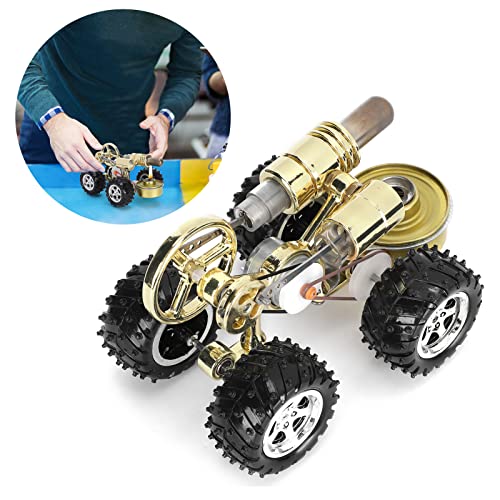Warm greetings to all members. Hello, I am a new member from Vietnam, and I am very happy to be here.
I am trying to build my first engine,so i start to learning about basic concept of ICE,but this camshaft is abit hard to me
I found in this pdf file here,anyone can explain how did you make calculation for the new camshaft parameters such as : base circle,flank radius,lift... thanks so much
http://www.makalesistemi.com/panel/...b5e2d4b7f8963e7535d45e7aa/37506f903036f02.pdf
View attachment 159505
Welcome !
Another member from Viet Nam
I have 2 options for you:
What is the purpose of learning about lobe configuration?
1 - To make a high performance engine? save fuel...bla bla...
2 - Simply make an engine and run it at a speed of a few hundred to a few thousand rpm ?? And happy, proud that you make an internal combustion engine yourself ?
For case 1: I have learned about lobes,,..calculation formulas...download...I have a whole folder for it, as a result, a few years ago I deleted the entire folder about lobes.
For case 2: Just follow the plans or rely on the plan (plan webster engine: free) and design according to your preferences
Only when you make an engine and it runs will you really know what is necessary and unnecessary
I choose case 3 from the beginning: just look at everyone's results and make the engine my way, why? What is the principle of internal combustion engine? - Compression: is the first principle, without compression, hundreds of formulas, adjustments...bla bla... it doesn't solve any problem. Good compression is my first and most important choice when making an engine
There are many other issues such as experience, understanding.....machinery, tools...
.........more....
Learning more is good, but sometimes it has the opposite effect
Some of my opinions, the choice is yours.
Again: Welcome !















![DreamPlan Home Design and Landscaping Software Free for Windows [PC Download]](https://m.media-amazon.com/images/I/51kvZH2dVLL._SL500_.jpg)








































![MeshMagic 3D Free 3D Modeling Software [Download]](https://m.media-amazon.com/images/I/B1U+p8ewjGS._SL500_.png)






